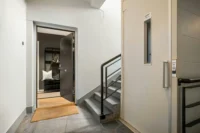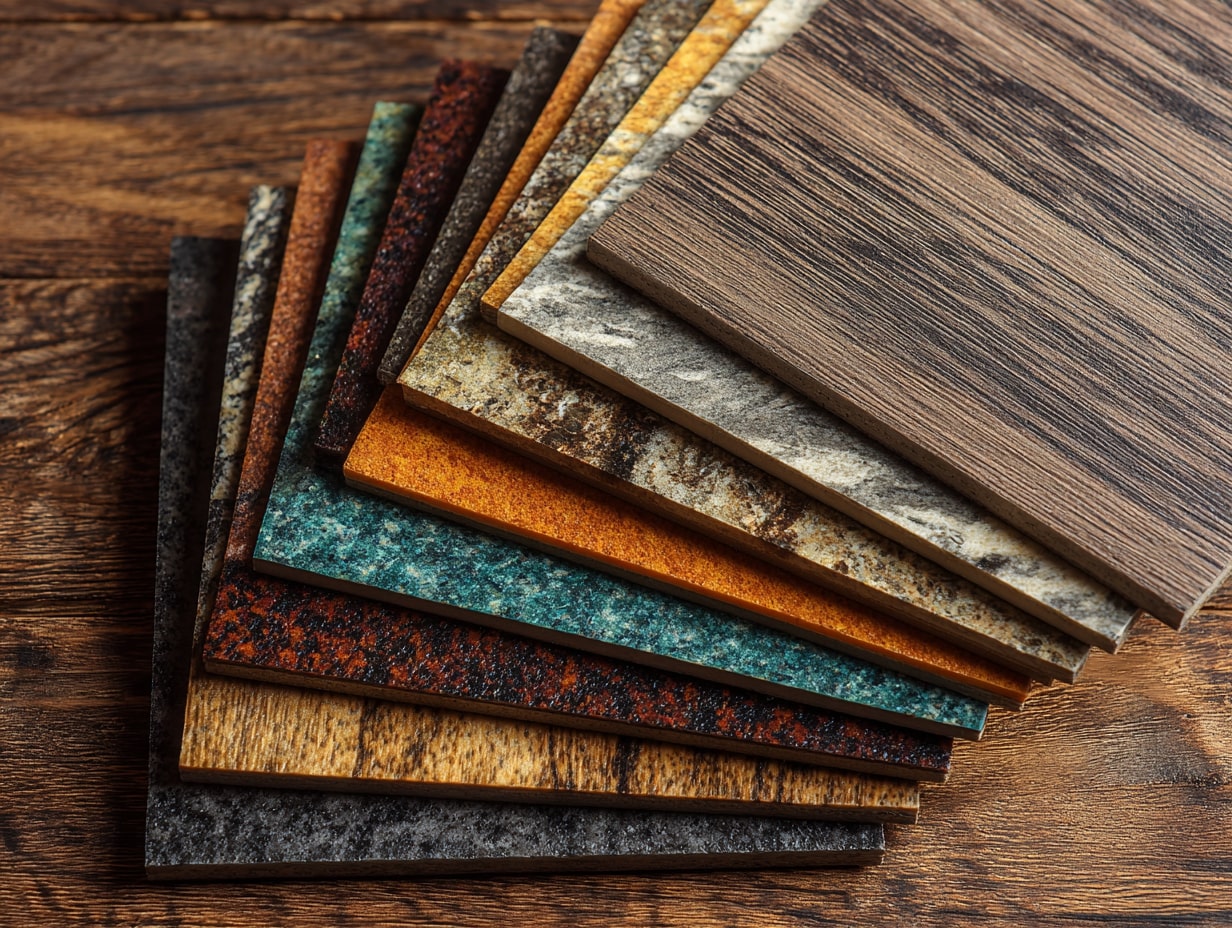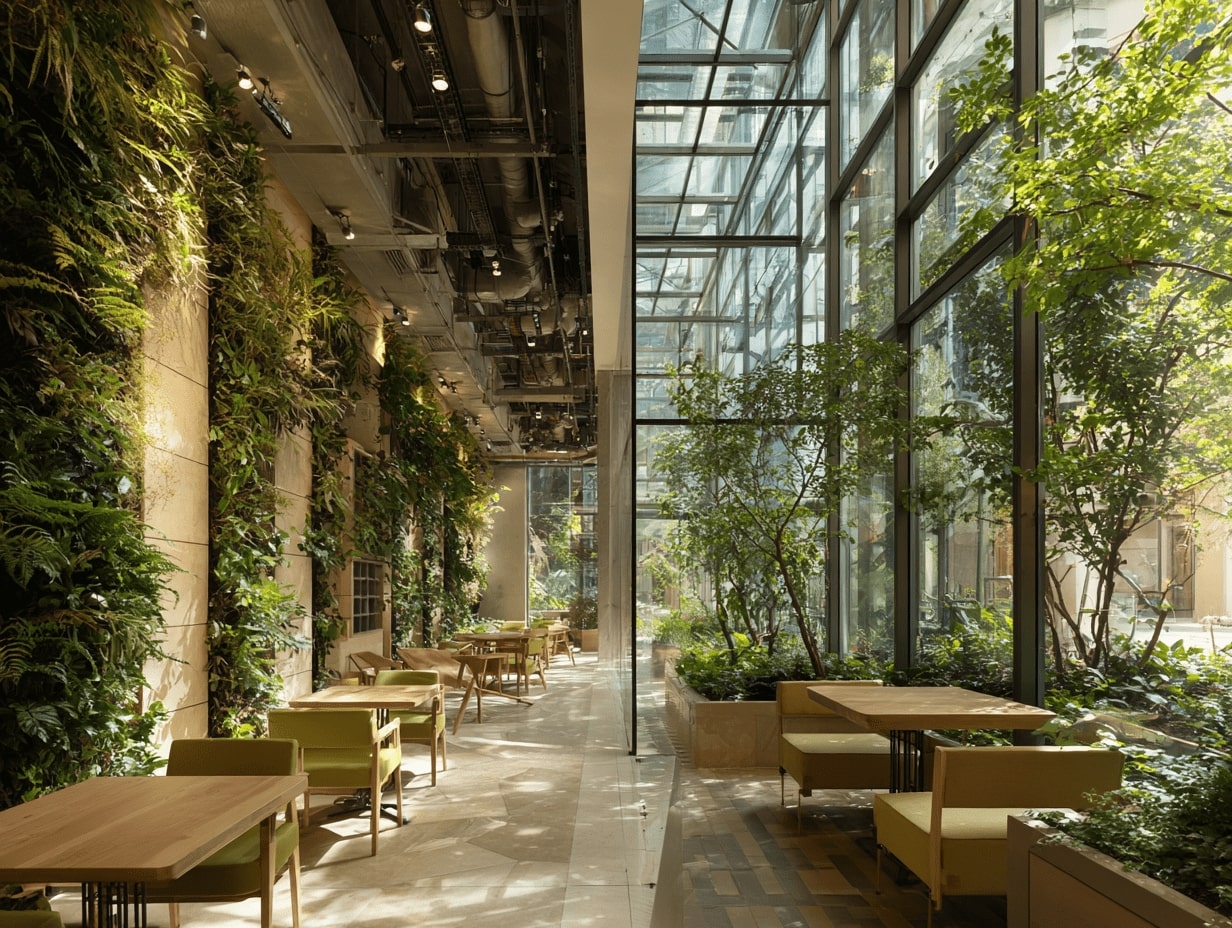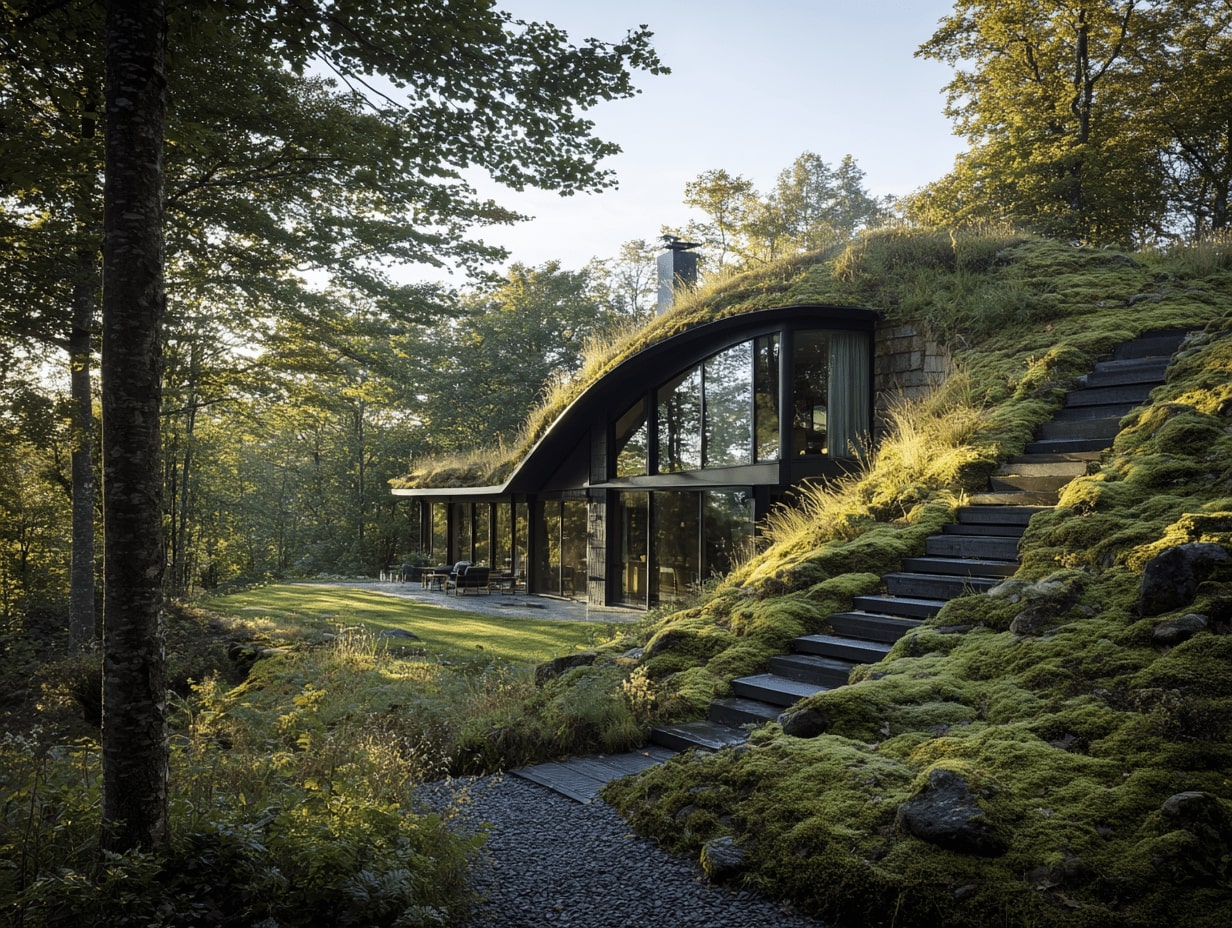- Home
- Articles
- Architectural Portfolio
- Architectral Presentation
- Inspirational Stories
- Architecture News
- Visualization
- BIM Industry
- Facade Design
- Parametric Design
- Career
- Landscape Architecture
- Construction
- Artificial Intelligence
- Sketching
- Design Softwares
- Diagrams
- Writing
- Architectural Tips
- Sustainability
- Courses
- Concept
- Technology
- History & Heritage
- Future of Architecture
- Guides & How-To
- Art & Culture
- Projects
- Interior Design
- Competitions
- Jobs
- Store
- Tools
- More
- Home
- Articles
- Architectural Portfolio
- Architectral Presentation
- Inspirational Stories
- Architecture News
- Visualization
- BIM Industry
- Facade Design
- Parametric Design
- Career
- Landscape Architecture
- Construction
- Artificial Intelligence
- Sketching
- Design Softwares
- Diagrams
- Writing
- Architectural Tips
- Sustainability
- Courses
- Concept
- Technology
- History & Heritage
- Future of Architecture
- Guides & How-To
- Art & Culture
- Projects
- Interior Design
- Competitions
- Jobs
- Store
- Tools
- More
Embracing Sustainable Design: Key Principles for a Greener Future
Discover the power of sustainable design in addressing environmental challenges while promoting social equity and economic viability. This article explores eco-friendly materials, innovative practices, and core principles that foster resource efficiency and adaptability.

Sustainable design isn’t just a trend; it’s a necessity for our future. As we face pressing environmental challenges, the way we approach design can significantly impact our planet. By integrating eco-friendly materials and innovative practices, we can create spaces and products that not only meet our needs but also protect our resources for generations to come.
In this article, we’ll explore the principles of sustainable design and how they can transform various industries. From architecture to fashion, embracing sustainability allows us to rethink our processes and make choices that benefit both people and the environment. Join us as we delve into the exciting world of sustainable design and discover how we can all contribute to a greener future.

Table of Contents
ToggleUnderstanding Sustainable Design
Sustainable design plays a crucial role in shaping a healthier environment. It emphasizes eco-friendly practices and resources, ensuring we protect our planet for future generations.

Definition and Importance
Sustainable design refers to the creation of products and spaces that prioritize environmental health, social equity, and economic viability. It’s vital because it addresses pressing issues such as climate change, resource depletion, and waste management. By integrating sustainable design into various industries, we promote a circular economy and reduce our ecological footprint. For example, incorporating renewable energy sources and using biodegradable materials significantly lessens environmental impact.
Principles of Sustainable Design
The core principles of sustainable design guide our efforts in creating eco-conscious solutions. These include:
- Resource Efficiency: We strive to minimize energy and water usage throughout a product’s lifecycle.
- Lifecycle Thinking: We consider a product’s entire lifecycle, from raw materials to disposal, aiming to reduce waste and emissions.
- Sustainable Sourcing: We select materials from renewable and ethically produced sources, ensuring minimal environmental disruption.
- User-Centric Design: We design with the end-user in mind, ensuring accessibility and functionality while promoting sustainable habits.
- Integrated Systems: We promote harmony between natural and built environments, enhancing ecosystem resilience while providing necessary services.
- Adaptability: We create designs that can evolve and adapt to changing needs, reducing the need for frequent replacements or renovations.
By following these principles, we can create innovative solutions that benefit society and respect our planet.
Benefits of Sustainable Design
Sustainable design offers numerous advantages that positively influence our environment, economy, and society. By focusing on eco-friendly practices and materials, we can create a lasting impact.

Environmental Impact
Sustainable design significantly reduces ecological footprints. Utilizing renewable resources lowers greenhouse gas emissions, contributing to climate action. Implementing energy-efficient systems decreases overall energy consumption, promoting conservation. Choosing biodegradable materials minimizes waste and pollution, enhancing biodiversity. Incorporating water-saving strategies leads to better management of this vital resource, ensuring its availability for future generations.
Economic Advantages
Sustainable design generates long-term financial benefits. Energy-efficient buildings reduce operational costs through lower utility bills, resulting in significant savings. Investing in sustainable materials can enhance property value, attracting environmentally conscious buyers. Job creation in green industries strengthens local economies, encouraging innovation and sustainable practices. Overall, sustainable design encourages resilience, supporting businesses’ success while adapting to changing market demands.
Social Responsibility
Sustainable design promotes social equity and community well-being. Prioritizing inclusivity ensures that spaces accommodate diverse user needs, enhancing quality of life. By sourcing materials ethically, we support fair labor practices and local economies. Building community-focused projects fosters a sense of belonging, encouraging collaboration and collective responsibility toward environmental stewardship. Ultimately, sustainable design contributes to healthier, more vibrant communities.
Key Elements of Sustainable Design
Sustainable design incorporates several key elements that guide us toward creating environmentally friendly and socially responsible products and spaces. These elements provide a foundation for integrating ecological considerations into our design processes.

Materials and Resources
We prioritize eco-friendly materials that minimize environmental impact. Using sustainably sourced materials, such as bamboo, recycled metals, and organic textiles, reduces resource depletion. We also advocate for local sourcing to decrease transportation emissions and support regional economies. By selecting materials with low toxicity, we ensure healthier environments for occupants.
Energy Efficiency
We utilize energy-efficient systems to reduce energy consumption and lower carbon footprints. Implementing LED lighting, high-performance insulation, and energy-efficient appliances contributes to significant energy savings. We also promote renewable energy sources, such as solar and wind power, in our designs. By integrating smart technologies, we enhance energy management, allowing us to monitor and optimize energy use effectively.
Waste Management
We incorporate waste management practices that reduce, reuse, and recycle materials throughout the lifecycle of products and spaces. Designing for disassembly enables easy recycling at the end of a product’s life. We encourage composting and the use of biodegradable materials to minimize landfill contributions. Additionally, we promote a circular economy approach, ensuring that materials are continuously cycled back into production instead of being disposed of.
Case Studies in Sustainable Design
Our exploration of sustainable design includes notable projects that exemplify eco-friendly practices and significant insights gathered from their implementation.

Successful Projects
- The Bullitt Center, Seattle, WA
The Bullitt Center stands as a model for sustainable architecture. It incorporates solar panels that generate more energy than it consumes, features a rainwater harvesting system, and utilizes composting toilets. These elements enhance its sustainability while setting a new standard for green buildings.
- The Edge, Amsterdam, Netherlands
The Edge serves as a leading example of sustainable office design. It integrates smart technology to optimize energy consumption, achieving a LEED Platinum rating. Additionally, the building uses sustainable materials and features a green roof, promoting biodiversity within an urban environment.
- Bamboo House, Bali, Indonesia
The Bamboo House illustrates the potential of local, renewable materials. Constructed mainly from bamboo, this residence boasts low environmental impact and excellent structural integrity. Its design incorporates passive cooling and natural ventilation, minimizing reliance on energy-intensive systems.
Lessons Learned
- Emphasizing Local Resources
Successful sustainable projects show that utilizing local materials reduces transportation emissions and supports local economies. We’ve seen how bamboo and reclaimed wood enhance sustainability while integrating culturally relevant design elements.
- Integrating Technology Wisely
Our case studies reveal that smart technology can vastly improve energy efficiency. Implementing automation for lighting and climate control significantly lowers energy consumption while enhancing user comfort.
- Methods for Community Engagement
Engaging with communities leads to designs that cater to specific local needs. Projects like the Bullitt Center and The Edge highlight the importance of involving stakeholders early in the design process to achieve social equity and enhance overall project acceptance.
- Focusing on Life Cycle Assessment
Many successful projects apply life cycle assessment to evaluate the long-term impact of materials and systems. This approach helps in identifying areas for improvement and ultimately drives innovations in sustainable design.
These case studies showcase the feasibility and benefits of sustainable design in real-world applications, highlighting the importance of learning from our experiences to promote eco-friendly practices effectively.
Conclusion
We recognize sustainable design as an essential approach for tackling pressing environmental challenges. By prioritizing eco-friendly materials and innovative practices, we create spaces and products that preserve our planet’s resources. Sustainable design encompasses not only environmental health but also social equity and economic viability, effectively addressing climate change, resource depletion, and waste management.
We emphasize the core principles guiding sustainable design: resource efficiency, lifecycle thinking, sustainable sourcing, user-centric design, integrated systems, and adaptability. These principles allow industries like architecture and fashion to foster a circular economy while minimizing ecological footprints.
We also highlight the multifaceted benefits of sustainable design. Environmentally, it leads to reduced ecological footprints through renewable resources, energy-efficient systems, and biodegradable materials. Economically, it offers long-term gains such as lower operational costs, increased property values, and job creation in green sectors. Socially, it enhances equity and community well-being through inclusivity and ethical sourcing.
We identify key elements crucial for sustainable design implementation. Utilizing eco-friendly materials—like bamboo and recycled metals—reduces environmental impact and boosts local economies. Adopting energy-efficient technologies, such as LED lighting and high-performance insulation, minimizes energy consumption and carbon footprints. We advocate for effective waste management practices that encourage designing for disassembly and support a circular economy.
Case studies of successful sustainable design projects, including the Bullitt Center in Seattle, The Edge in Amsterdam, and the Bamboo House in Bali, illustrate the power of eco-friendly practices. These examples highlight the benefits of using local materials, integrating smart technology for efficiency, engaging communities in the design process, and applying life cycle assessment for long-term material impact evaluation.
We invite others to embrace sustainable design principles and take action towards a greener future.
- climate-responsive architecture
- eco-conscious design
- Eco-Friendly Construction
- energy-efficient building
- environmental design
- environmentally conscious architecture
- green architecture principles
- green building certifications
- green building design
- green design innovations
- green design strategies
- low carbon architecture
- renewable architecture
- sustainable architecture
- sustainable home design
- sustainable interior design
- sustainable living solutions
- sustainable materials for building
- sustainable urban planning
Submit your architectural projects
Follow these steps for submission your project. Submission FormLatest Posts
Eco-Friendly Floor Coverings: Smart Choices for a Greener Home
Eco-friendly floor coverings made simple: discover sustainable materials, trusted certifications, and room-by-room...
What are Biodomes?
Biodomes are transforming architecture by blending ecological science with advanced design to...
The Quiet Revolution of Biophilic Design
Biophilic design is reshaping homes, workplaces, and cities—backed by evidence. Learn core...
Sustainable Solutions in Contemporary Architecture: From Passive Design to Clean Energy
Sustainable solutions in contemporary architecture: a practical playbook to hit net-zero, cut...












Leave a comment